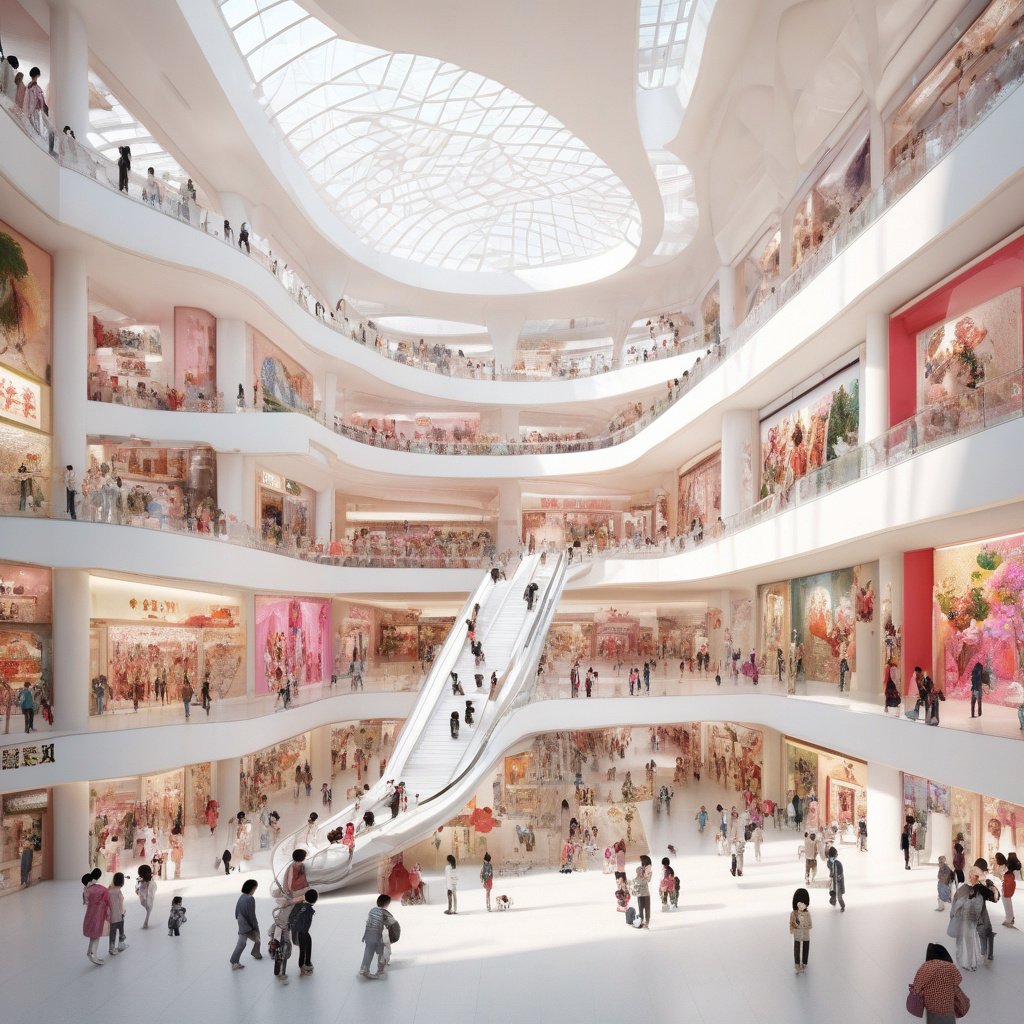Curation, Content, and the Future of China’s Art Malls
In the ever-evolving landscape of retail, the concept of ‘curation’ has emerged as a game-changer, particularly in China’s bustling art mall scene. Gone are the days when malls were simply spaces for shopping; today, they are transforming into immersive experiences that blend art, culture, and commerce seamlessly. This shift is driven by the need for brick-and-mortar stores to stay relevant in the face of stiff online competition. As mall and department store giants in China strive to attract consumers, they are embracing curation as a key strategy to create unique, engaging spaces that go beyond traditional retail.
So, what exactly is curation in the context of art malls? It goes beyond mere product selection to encompass the careful selection and presentation of goods, services, and experiences that resonate with the target audience. In the realm of art malls, curation involves creating a carefully curated mix of art installations, pop-up galleries, designer boutiques, and interactive spaces that offer visitors a multisensory experience. By curating their offerings in this way, art malls aim to foster a sense of discovery and exploration, turning a visit to the mall into an adventure in itself.
One prime example of the successful implementation of curation in China’s art mall scene is the K11 Art Mall in Shanghai. Dubbed as a “museum retail” concept, K11 seamlessly blends art, culture, and commerce to create a one-of-a-kind shopping experience. The mall features not only luxury boutiques and dining options but also art exhibitions, workshops, and performances that appeal to art enthusiasts and casual visitors alike. By curating a diverse range of offerings that cater to different interests, K11 has positioned itself as a must-visit destination for those looking to engage with art and culture in a retail setting.
The rise of curation in China’s art malls is also closely tied to the growing demand for meaningful experiences among consumers. In an age where online shopping offers convenience and speed, physical retail spaces need to offer something more – an emotional connection, a sense of community, a moment of inspiration. By curating their offerings to create immersive, Instagrammable spaces, art malls are tapping into this desire for experiences that are not just transactional but transformative.
Looking ahead, the future of China’s art malls lies in their ability to evolve and adapt to changing consumer preferences. As the lines between retail, entertainment, and culture continue to blur, art malls will need to stay ahead of the curve by constantly refreshing their curation strategies. This could involve partnering with local artists and creators, hosting live events and performances, or incorporating technology to enhance the visitor experience.
In conclusion, the rise of curation in China’s art malls signals a shift towards creating retail spaces that are not just about buying things but about experiencing them. By curating their offerings to reflect the tastes and preferences of their target audience, art malls are redefining the shopping experience and setting the stage for the future of retail in China.
curation, content, future, China, art malls












